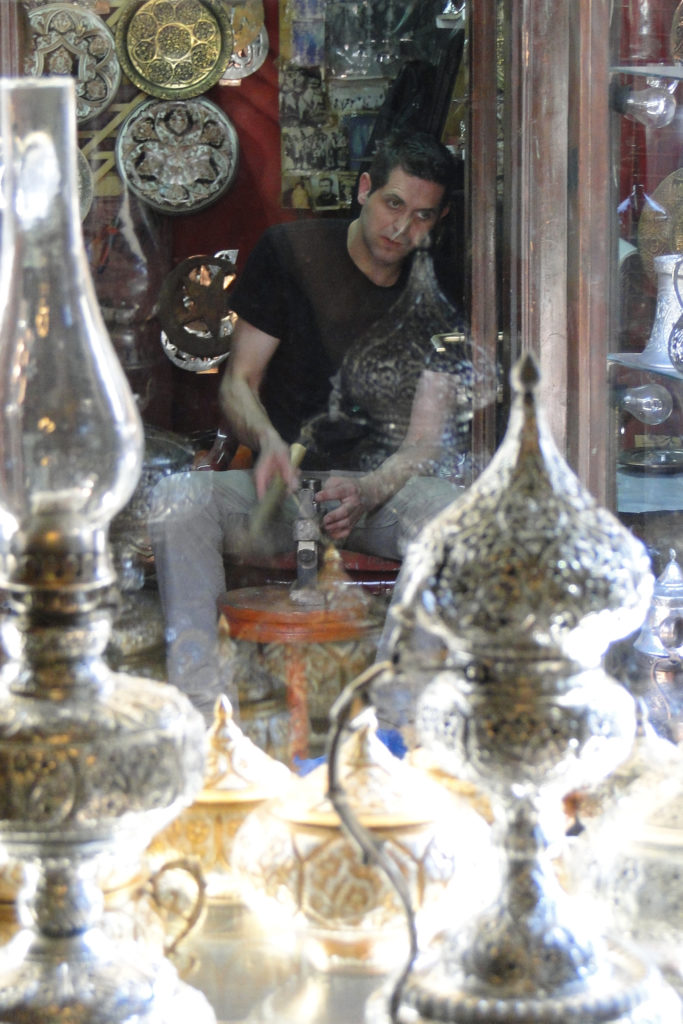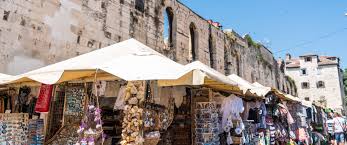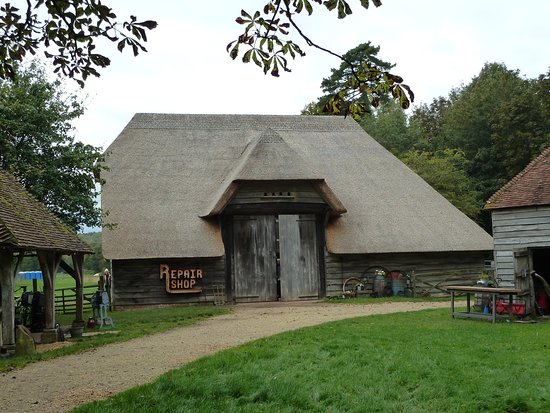It’s a poetic word, not so much in the way it sounds, but in how it brings to mind images worthy of poetry. It might be debatable, but to me an artisan is someone who is living a life of poetry. The first thoughts that arise when I think of an artisan are leather, a potter’s wheel, and a weaver’s loom. The artisan, in my wistful daydream at least, is a person of integrity and respect, a person who is essential to the community in bridging the practical with the artistic.

The Artisan Elucidated
To ensure there is no confusion on either my part or yours, I will share some specifics about what constitutes an artisan. After all, the term refers to a rather broad range of people. In general, an artisan is a worker who practices a trade or handicraft, also known as a craftsperson. The term can cover not just a person, but a company as well, if the activity involved has to do with a product made in limited quantities while using traditional methods. You may think of artisan beer or artisan bread or even artisan beer bread.
The term especially applies to a skilled craftsperson who works with their hands. They could use their mouths for that matter, as in the case of the glassblower, but the point is that they ply their skills without the impersonal advantage of mass production tools. Probably in most cases, the product is made one at a time. I dare say they are making their much needed and highly treasured works primarily as a labor of love. There are basket makers, stone masons, gardeners and blacksmiths. Also sail makers, jewelers, boot and shoe makers. And don’t forget the furniture maker, the bone carver and the storyteller. There are so many more. The truth is, they make up the fabric of our society.
No Civilization Without Artisans
It is believed that civilization began in Mesopotamia, where Iraq is now. As the region evolved into a culture beyond that of hunters and gatherers, agriculture developed. With ample food on hand, people were able to expand their sphere of activity to fashioning materials and goods that made their lives more comfortable as well as efficient. Commerce blossomed and currency evolved from barley to coins. In this new economy with cities and towns, the artisans were able to make a living with their diverse skills that filled many needs.
Imagine what an exciting time that must have been. I’m guessing there was a bazaar in every town of note. People with coin and some with a sheep to trade perhaps would have been browsing through all the fascinating artisan booths and tents. Tools and jars and jewels…a mind boggling array of crafts created with artistic dedication for an affluent community!

They’re Still Among Us
After the assault of the Industrial Revolution on the artisan community–which continues even today–there was a lowering of the bar for excellence and lasting quality. Our throwaway economy is a testament to that. Yet, the artisan survives. It would seem there is always a market for handmade wares of merit, excellent design and durability.
In the city where I live, a group has been part of the arts and crafts culture for many years. It’s known as Old Town Artisans. The location covers a city block in the center of Tucson. Construction of the adobe buildings in this block was started in the 1850s. There are many shops there now with items ranging from original pottery thrown on premises to Native American jewelry, artisan pasta and so much more. A good friend once had an art gallery there and my wife’s paintings plus one of my novels were on display for sale.
Part of my inspiration for this post is a television series called The Repair Shop that celebrates artisans and demonstrates beautifully how important this part of our culture is to people. It’s a BBC production and is now available on Netflix. Each episode consists of people who bring in for repair their family heirlooms which have fallen into disrepair. A team of excellent craftspeople restore a variety of objects that apply most to their individual skills.

The Repair Shop is a heartwarming series. Those who submit their items for repair usually have a deep connection to them and are profoundly touched when they see the remarkable transformation the skilled workers are able to accomplish. I’ve seen 19th century furniture, steam-engine toy cars, generations-old teddy bears and classic paintings restored with an expert and loving touch. These are just a few examples from the 122 episodes that have aired. The artisans do the human race a huge favor by keeping alive an ancient tradition we can ill afford to lose.
The Heart of the Arts
The original artisans were making products people needed for everyday living. Many of those who were called to do this work had the creative impulse within to make these items not only practical, but aesthetic as well. The modern arts were born with these generous folks. Their kind are still giving and we are forever in their debt.